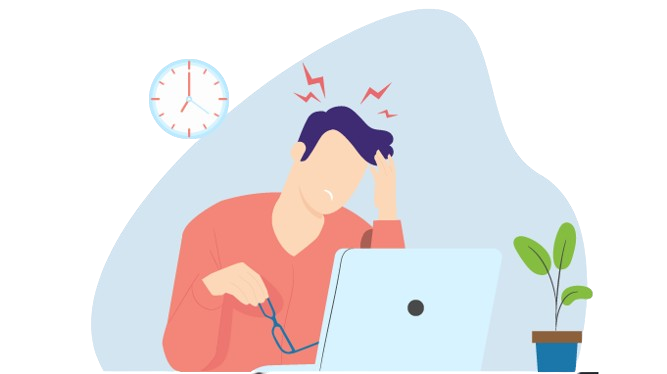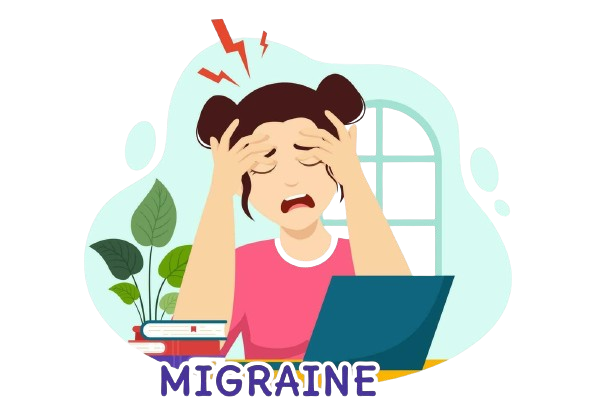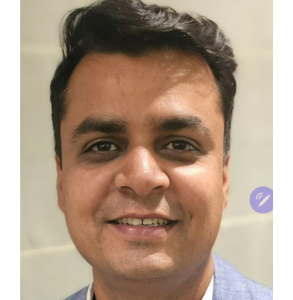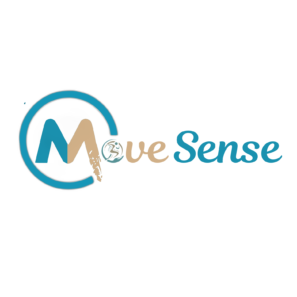Headaches & Migraine
What is a Headache?
Headaches can profoundly affect a person’s quality of life and encompass a variety of neurobiological disorders. These typically impact adults aged 20 to 50, but can also affect children and the elderly. With approximately 300 different types of headache diagnoses, accurate diagnosis is essential for effective treatment.
Tension-type headaches and migraines are the most common headache disorders and have a significant public health impact, ranking as the third-highest cause of disability worldwide. Migraines affect 14.7% of the global population, or about 1 in 7 people, making them more prevalent than diabetes, epilepsy, and asthma combined.
In Australia, seven million people suffer from tension-type headaches, and 4.9 million from migraines. According to Migraine and Headache Australia, 4 out of 5 Australians have experienced migraines or headaches in the past year. This disorder costs Australia $35.7 billion annually, both directly and indirectly.

Various forms of Headaches
Headaches are highly prevalent, affecting over 90% of adults at some stage in their lives. They can manifest in diverse ways, such as:
- Need Assistance?
(07) 5619-5588
What is a Migraine?
Migraines are a type of headache characterized by intense, debilitating pain. They are often accompanied by other symptoms, such as nausea, vomiting, and sensitivity to light and sound. Migraines can last for hours or even days and can significantly impact an individual’s quality of life.
Symptoms of Migraine:
- Severe Headache: Usually on one side of the head.
- Nausea and Vomiting: Often accompanies the headache.
- Sensitivity to Light and Sound: Common during migraine attacks.
- Aura: Some people experience visual disturbances or other sensory symptoms before the headache begins.
Triggers of Migraine:
- Hormonal Changes: Such as those related to menstruation.
- Food and Drink: Certain foods, alcohol, and caffeine can trigger migraines.
- Stress: Emotional stress is a significant trigger.
- Environmental Factors: Bright lights, loud noises, or strong smells.
At MoveSense, we specialize in treating migraines using advanced techniques to identify and address the root causes. We start with a comprehensive examination to determine the severity and source of your migraines and provide tailored treatment plans to alleviate your symptoms and improve your quality of life.

Various forms of Migraine
Migraines are classified into several types based on their symptoms and triggers. Understanding the different types can help in diagnosing and treating them more effectively.
- Description: Migraines that occur 15 or more days per month for more than three months.
- Symptoms: Symptoms of a typical migraine, but with more frequent occurrences.
- Impact: Significant impairment in daily functioning and quality of life.
- Description: Migraine attacks linked to hormonal changes during the menstrual cycle.
- Symptoms: Typical migraine symptoms occurring around menstruation.
- Trigger: Hormonal fluctuations related to the menstrual cycle.
- Description: More common in children, characterized by abdominal pain rather than a headache.
- Symptoms: Abdominal pain, nausea, vomiting, headache may or may not be present.
- Duration: Lasts from a few hours to a couple of days.
- Description: A rare type of migraine that causes temporary paralysis on one side of the body.
- Symptoms: Weakness or paralysis on one side of the body, aura symptoms, severe headache.
- Duration: Paralysis usually lasts from a few hours to several days.
- Description: A type of migraine that causes visual disturbances or blindness in one eye.
- Symptoms: Temporary blindness or visual disturbances in one eye, severe headache.
- Duration: Visual symptoms last from a few minutes to an hour, followed by a headache.
- Description: Migraine associated with vertigo and balance issues.
- Symptoms: Dizziness, vertigo, balance problems, headache.
- Duration: Vertigo can last from a few minutes to several hours.
- Description: The most common type of migraine, characterized by severe, throbbing pain on one side of the head.
- Symptoms: Intense headache, nausea, vomiting, sensitivity to light and sound.
- Duration: Lasts from 4 to 72 hours if untreated.
- Description: Includes sensory disturbances that occur before the headache starts.
- Symptoms: Visual disturbances (flashing lights, blind spots), sensory changes (numbness, tingling), speech disturbances.
- Duration: Aura typically lasts 20 to 60 minutes, followed by the headache.
- Description: A rare type that involves aura symptoms originating from the brainstem.
- Symptoms: Vertigo, double vision, difficulty speaking, loss of balance, severe headache.
- Duration: Aura lasts from 5 to 60 minutes, followed by a headache.
Understanding the specific type of migraine is crucial for effective treatment and management. At MoveSense, we utilize advanced diagnostic techniques to accurately identify the type of migraine you are experiencing and tailor our treatment approach accordingly.
How MoveSense will help you treat the Migraine?
At MoveSense, Varun Gautam (Headache and migraine specialist Physiotherapist) specialize in treating migraine headaches. Our team stays updated with the latest research and employs the most effective preventive treatments for our patients. We’ve treated numerous chronic migraine sufferers using advanced techniques focused on assessing and treating the neck to address chronic migraines. We conduct a thorough examination of the upper cervical spine to evaluate the severity of your sensitized brainstem. Our unique assessment process identifies the root cause of your migraines, determining if they are due to a sensitized brainstem. Additionally, we educate you on common migraine triggers and daily precautions.
If treatment is deemed appropriate and begins, we anticipate significant improvement in 90% of our migraine patients within the first five sessions. We are committed to transparency; if we believe our treatment won’t help you, we will inform you after the initial consultation. Our approach effectively alleviates or significantly reduces chronic and acute migraine attacks in 85-90% of sufferers.

Varun Gautam
Headache and migraine specialist Physiotherapist
